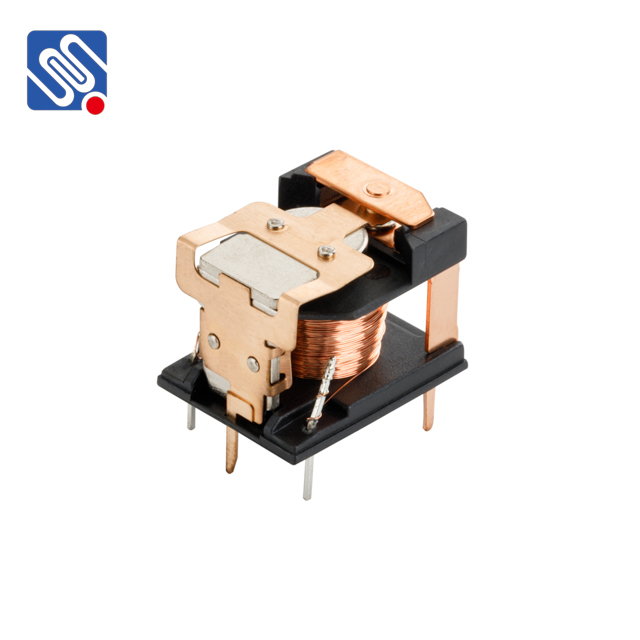Relays are essential components in electrical and electronic circuits, playing a crucial role in controlling electrical devices and protecting circuits. A relay comparison involves analyzing various types of relays to determine which one is best suited for a particular application based on factors such as voltage ratings, switching capacity, durability, and control mechanisms. In this article, we will explore the key aspects of relay comparison and how different features influence their performance in real-world applications.

1. Understanding the Basics of Relays A relay is an electromechanical switch that opens or closes a circuit when triggered by an external electrical signal. Typically used for controlling high-power circuits with low-power signals, relays come in various types, including electromagnetic, solid-state, and reed relays. These relays differ in terms of design, operation, and application suitability. 2. Voltage and Current Ratings One of the most critical factors to consider in a relay comparison is its voltage and current ratings. Different relays are designed to handle various voltage levels and current capacities, which directly affect their ability to control specific circuits. For instance, a relay rated for a higher current capacity may be necessary to control industrial machinery, while a lower-rated relay might suffice for household appliances.